Experienced succulent gardeners are well aware that there are times when a succulent should be repotted. This fact should not scare or intimidate those who are new to succulent gardening, but rather, it should be viewed as a procedure necessary for garden growth. In truth, repotting succulents is not a difficult process and, when properly done, it is actually something that will benefit the health and well-being of a succulent.
To ensure that your succulents are cared for and repotted healthily, let’s dive deep into this necessary process.
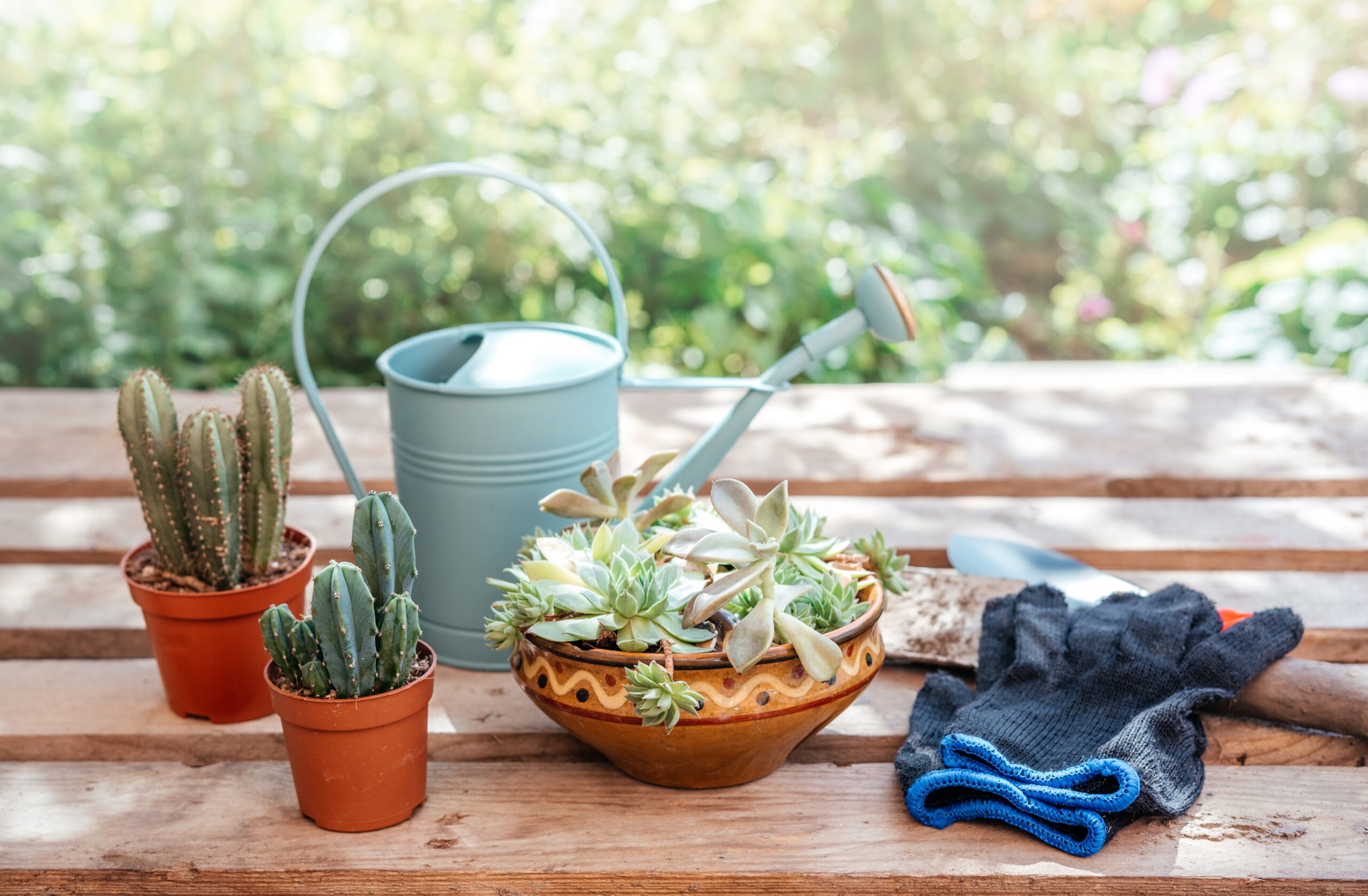
Why Repot Succulents
There are several reasons why a succulent should be repotted. No matter why a succulent needs repotting, the method for doing so will remain basically the same. Here are the three most common reasons why a succulent should be repotted.
Overgrowth
If you are successful at growing healthy succulents, this is going to be the main reason why you will need to repot them. As succulents grow, many of them produce offsets and/or spread throughout the soil given them. After so long, they will either get too big, too heavy or produce too many offsets for the area where they are planted.
If a succulent has grown too big for its current container, it should be removed from it and either transferred to a bigger container or separated and placed into more than one container. This is one of the best ways to propagate succulents and grow a large succulent garden.
Container Issues
If you have just purchased a succulent from a store or a plant nursery, you will probably need to repot it soon. This is because most succulents sold in stores or nurseries are potted in containers that do not give the plant’s roots enough space to properly spread out, or they do not provide enough drainage for the soil to properly filter off excess water.
If the container holding your succulent does not have drainage holes, is made of plastic, or looks too compact for the plant, the plant should be removed from it and transferred to something more suitable.
Root Rot
If you have properly cared for your succulents, then root rot should not be a common reason for repotting them. Maintaining a good watering method, providing your plant with well-draining soil, and repotting it when overgrowth or container issues arise should nearly eliminate the risk of root rot. However, if you notice that your succulent has grown weak, turned yellow and translucent, and has soil that is constantly saturated with water, you can conclude that your plant is facing root rot. The best thing to do is repot it.
This rule should also be applied to plants that are dealing with pest infestations and other types of diseases. Sometimes the only way to save a plant is to completely remove it from the soil it is in, trim off the diseased or infested areas, apply a pesticide, and repot it in clean soil.
When to Repot Succulents
It is always best to repot succulents just before their growing season. The only exception to this rule is when a plant is dealing with root rot. So, if your plant is the type that grows in warm weather, plan to repot it just before spring; however, if your plant is the type that grows in cool weather, plan to repot it just before fall arrives.
Unless issues such as root rot, overgrowth, or pest infestations arise, you should anticipate repotting your succulents once every two years to maintain a healthy growing environment for them.
Tools to Repot Succulents
Prior to removing a plant from its home, you should prepare its new environment, or at least gather the appropriate tools for removing and replacing the plant. This will inhibit the risk of root damage or shock to the plant. The following is a list of tools that you should have on hand when you begin repotting your succulents:
- Coffee filters (these can be placed over large drainage holes so that excess water can escape but soil cannot)
- Small shovel
- Succulent potting soil
- Well-draining pot (if propagating new plants or providing space for overgrown plants)
Steps to Repot Succulents
Now that we have covered all the details concerning why and when you should repot a succulent, we can list out the steps for how this process is accomplished. Again, this is not a complicated process, so once you follow through the steps once or twice, you should be able to work through the steps by memory. In fact, you may develop a quick and personalized system based on these steps so you can repot several succulents in a short amount of time.
- Water the succulent two days before repotting it. This step helps alleviate the shock that repotting can cause plants.
- Remove the succulent from its current container. The best way to do this is by laying the container on its side and using a small shovel to gently slide the entire plant out. Hardened soil can be loosened by poking it with a small stick.
- Tidy up the roots. Carefully dust off the soil from the root system with either a brush or by gently tapping them. You can also wash the roots with water, but you will need to allow them to sit out for 3 to 5 days so they can dry. Plants that have their roots cleaned by water should only be set in a cool and dry place that receives no direct sunlight.
- If necessary, trim the roots with a sterilized cutting utensil.
- Fill the new (or old) container with fresh, clean potting soil. The container should be filled to two-thirds full, so there is room for the plant.
- Place the plant into its new home. Ensure that the plant’s roots are fully covered, but none of the plant’s leaves are underneath the soil. This will help the plant to maintain healthy growth and prevent it from rotting.
- Do not water the plant for a few days. Allow the succulent to settle into its new home before providing it with any moisture. This will help to eliminate the risk of root rot.
FAQs
Question: What is the Best Method for Watering Succulents?
Answer: Since watering succulents is a make-or-break care requirement, it is non-negotiable to know the best method for watering them. This method is known as the soak and dry method. If you use this method to water all your succulents (and many other types of plants), you will greatly reduce the risk of root rot and pest infestations.
Don’t worry. This method is super simple. These are the five steps of the soak and dry watering method:
Fill a tub, kiddie pool, sink, or another type of container with water.
Place the container holding the succulent into the water. The water should not overflow the top of the container but should only seep into the soil through the drainage hole(s) in the bottom of the container.
Allow the container to sit in the water for up to 15 minutes.
Remove the container from the water and allow it to drain excess water from its drainage hole(s) for a few minutes.
Repeat in a few days or weeks when the soil is dry again.
Question: What is the Best Soil for Succulents?
Answer: Personally, I prefer using premade soil mixes that are made of non-organic materials that allow root aeration and excellent water drainage. Superfly Bonsai has a nice blend that you may want to try out the next time you repot your succulents.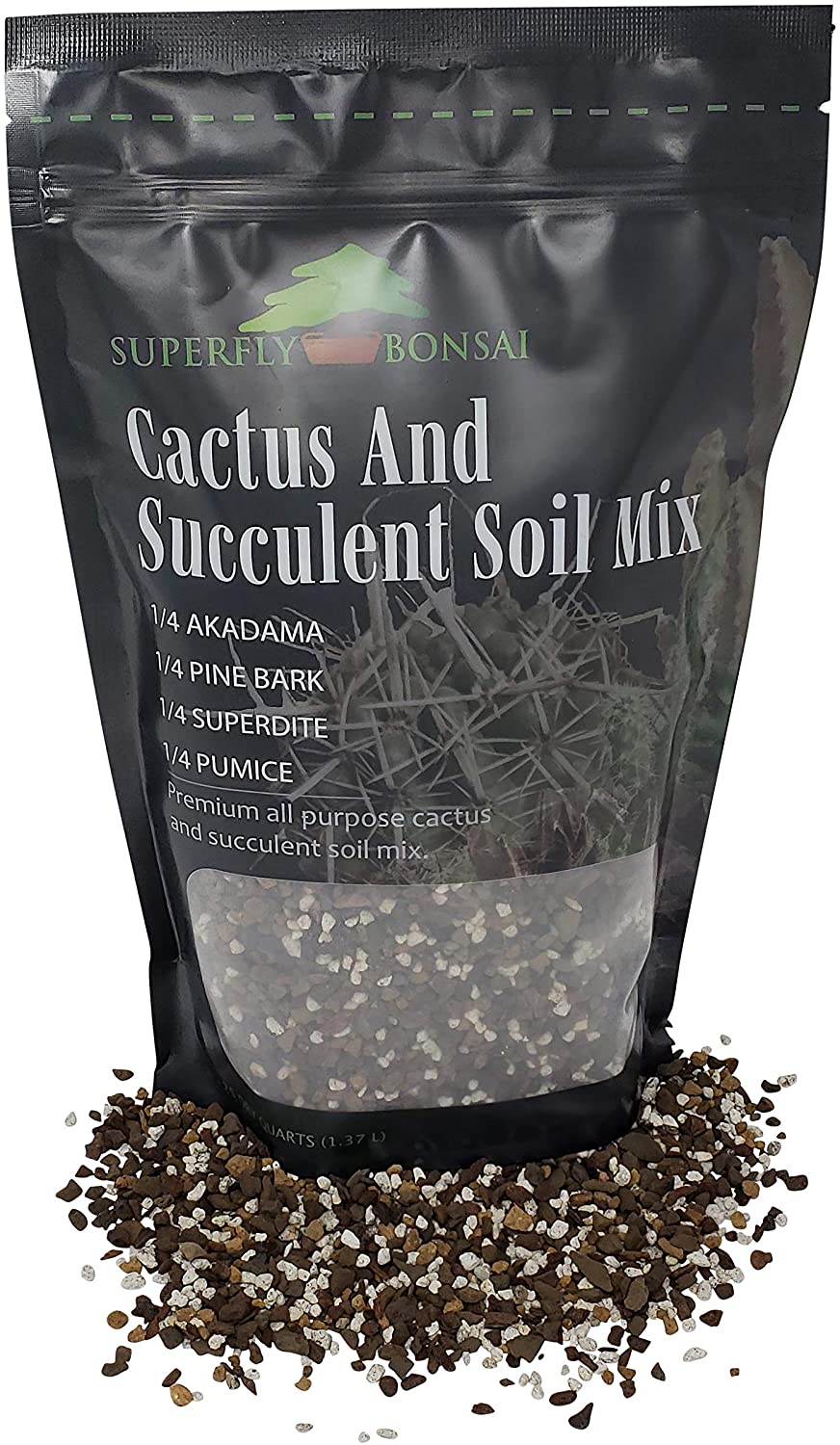
You can also create your own blend of succulent soil by mixing together pine bark, lava rock, pumice, perlite, vermiculite, coco coir, peat moss, and sand that is very large and coarse in nature. There is no need to use all of these ingredients at once since three of them together will make great succulent soil. If you require more direction on how to create your own mix, read this article from Succulent Growing Tips.
What is the Best Fertilizer for Succulents?
Answer: The ideal fertilizer for any succulents will often depend on what type and size of succulents are being discussed. Ideally, you should opt for something organic, gentle, and slow-release. One option that I really like is Earth Pods Cactus & Succulent Plant Food. These capsules are very gentle, easy to use, and are safe for pets and children to be around.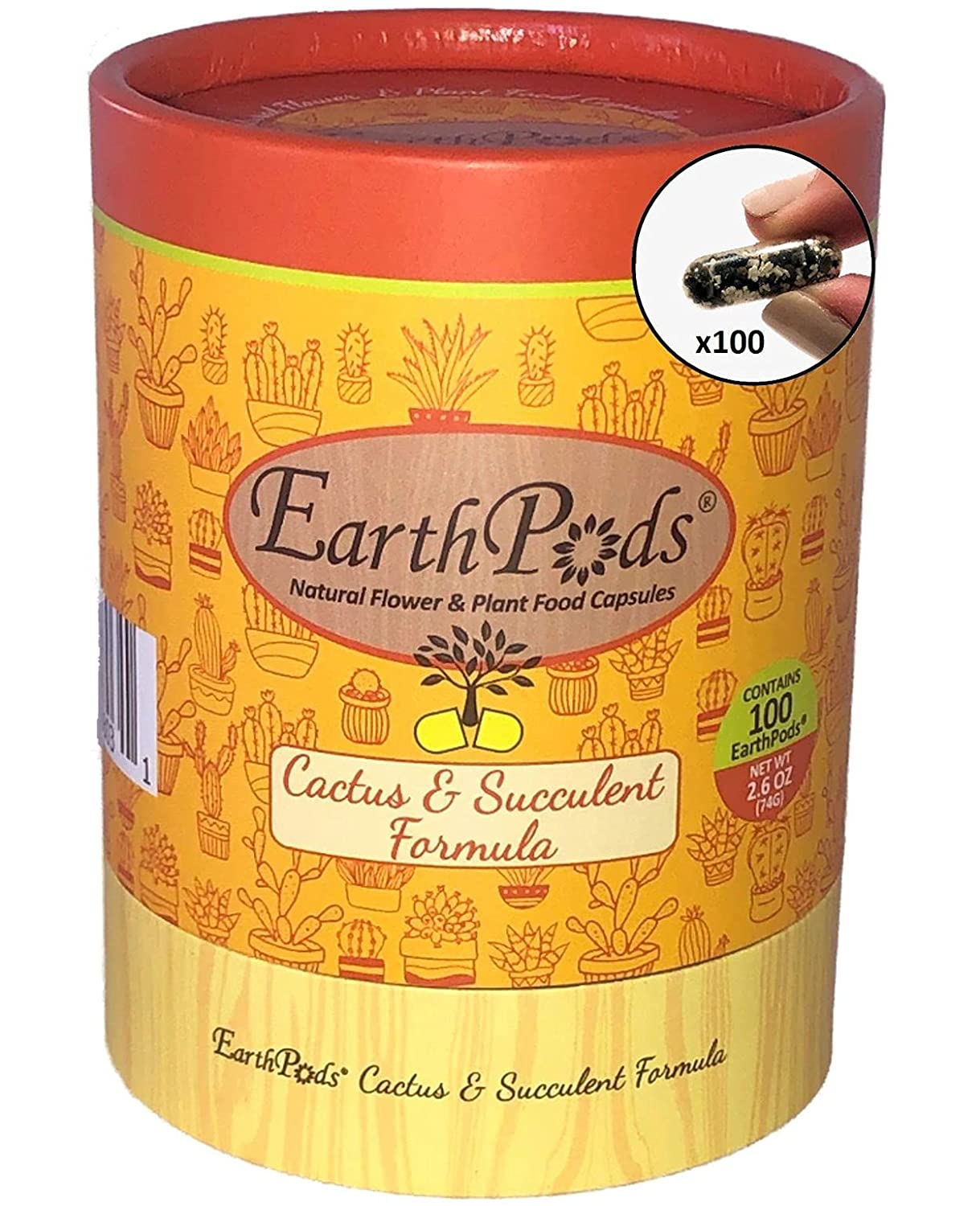
Question: What is the Best Container for Succulents?
Answer: Ultimately, plant containers will be an issue of personal preference since style plays an integral part in the decision-making process. However, it is important to remember that all succulents should be kept in a somewhat shallow pot so that they can be watered through the soak and dry method. The container should also include a drainage hole or holes in the bottom for excess water to flow out. Finally, the container should not be made of a material that holds in moisture such as plastic – terracotta and ceramic are ideal options.
Here are some of my favorite succulent planters that you may want to try in your garden space:
Fox Succulent and Cactus Clay Planter Pots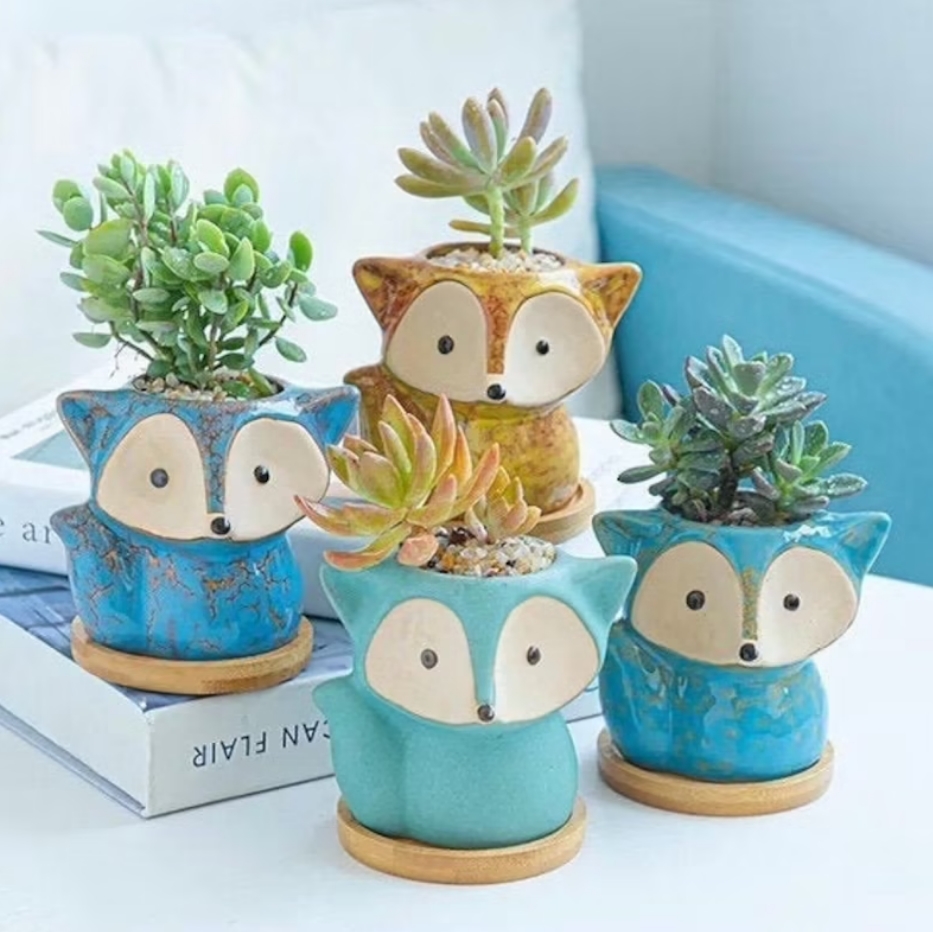
These are adorable yet tasteful containers that will allow you to hold tiny succulents anywhere in your living space.
Large Succulent Planter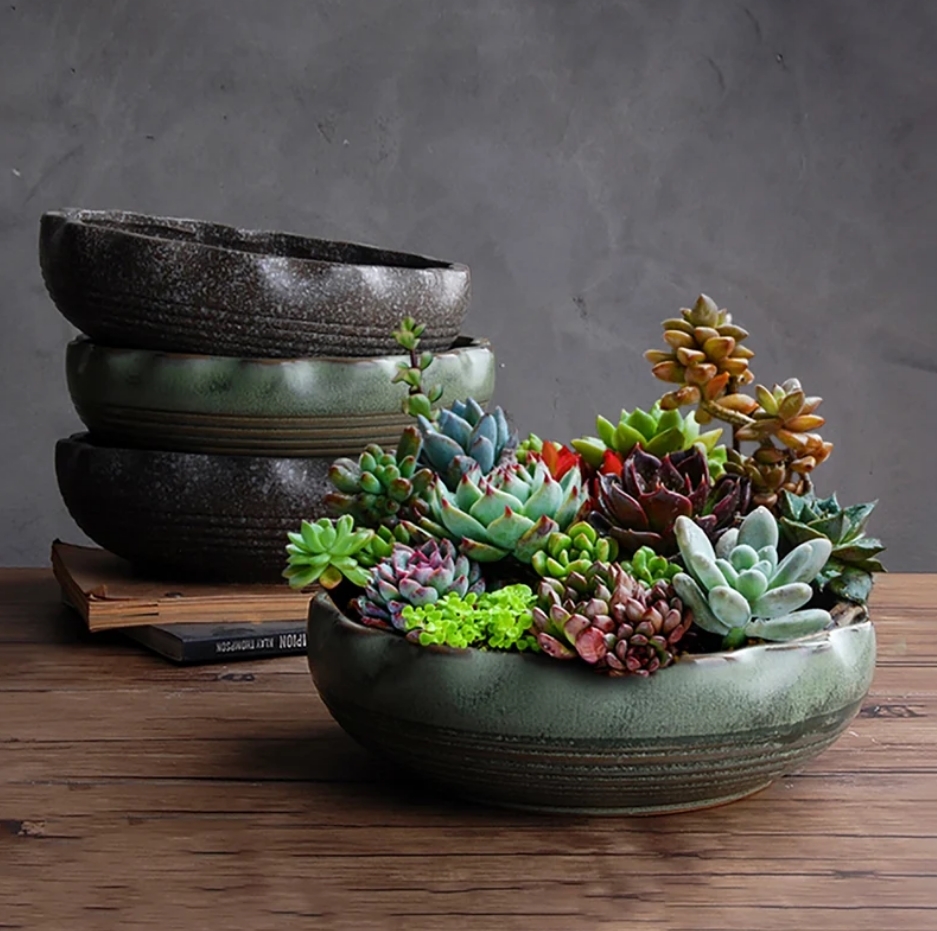
The muted colors and intricate lines on these planters are elegant enough for any home or office space, plus, it allows you to design your own succulent display.
Indoor Ceramic Planter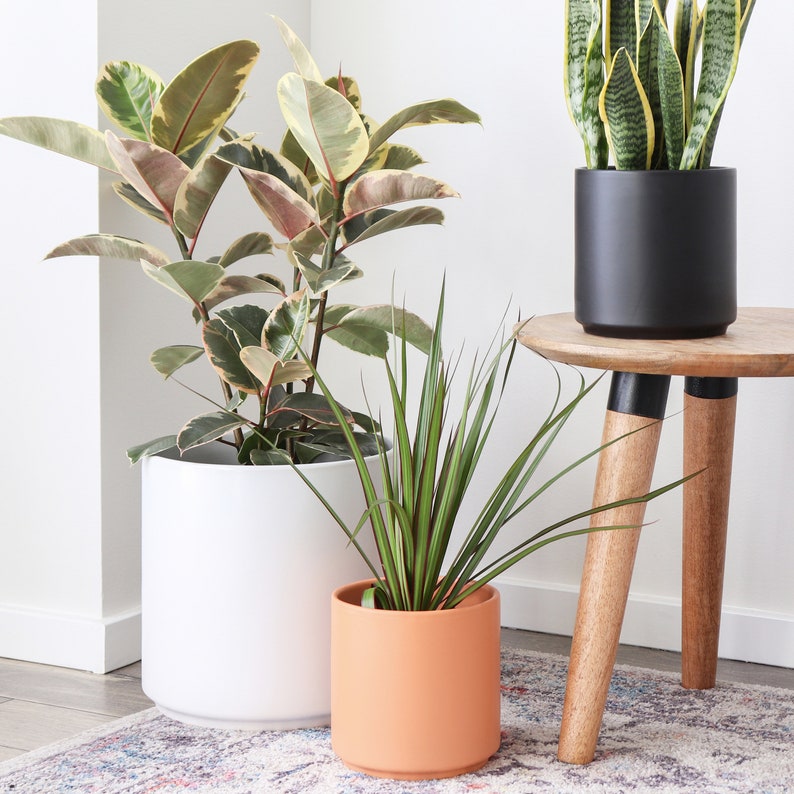
When you want to grow one large succulent, you need a container like this. These containers are simple in style, stable in shape, and so perfect for succulents.
Question: What is Dormancy in Succulents?
Answer: The term dormancy refers to the time of year when succulents rest from growing. This usually occurs during summer or winter depending on the type of succulent. During the dormant season, the succulent should not be propagated, repotted, fertilized, or overwatered. This is a time of rest so the succulent will find it difficult to recover from any of these procedures.
Question: Can Root Rot in Succulents be Reversed?
Answer: Yes, but it is a difficult process that doesn’t always guarantee positive results. As we discussed previously, root rot is a valid reason for repotting a succulent and a major step to reverse the damage of root rot. Let’s talk about the other steps for treating root rot so you are fully aware of what needs to be done if one of your succulents ever faces this situation.
The tell-tale signs of a succulent dealing with root rot are:
A rotting smell
Mushy leaves
Translucent leaves
Wilted leaves
Yellowed leaves
The steps for treating root rot are:
Remove the plant from its current container.
Gently dust off the soil on the plant’s roots.
Use a sterile cutting utensil to cut away any rotten roots and/or leaves.
Set the plant out in a dry and cool area that is not exposed to direct sunlight so that it can develop callouses. This will take about three days, but possibly more.
Apply a dusting of sulfur to the cut roots and/or leaves. This helps to prevent bacterial and fungal infections.
Repot the plant in fresh, clean potting soil.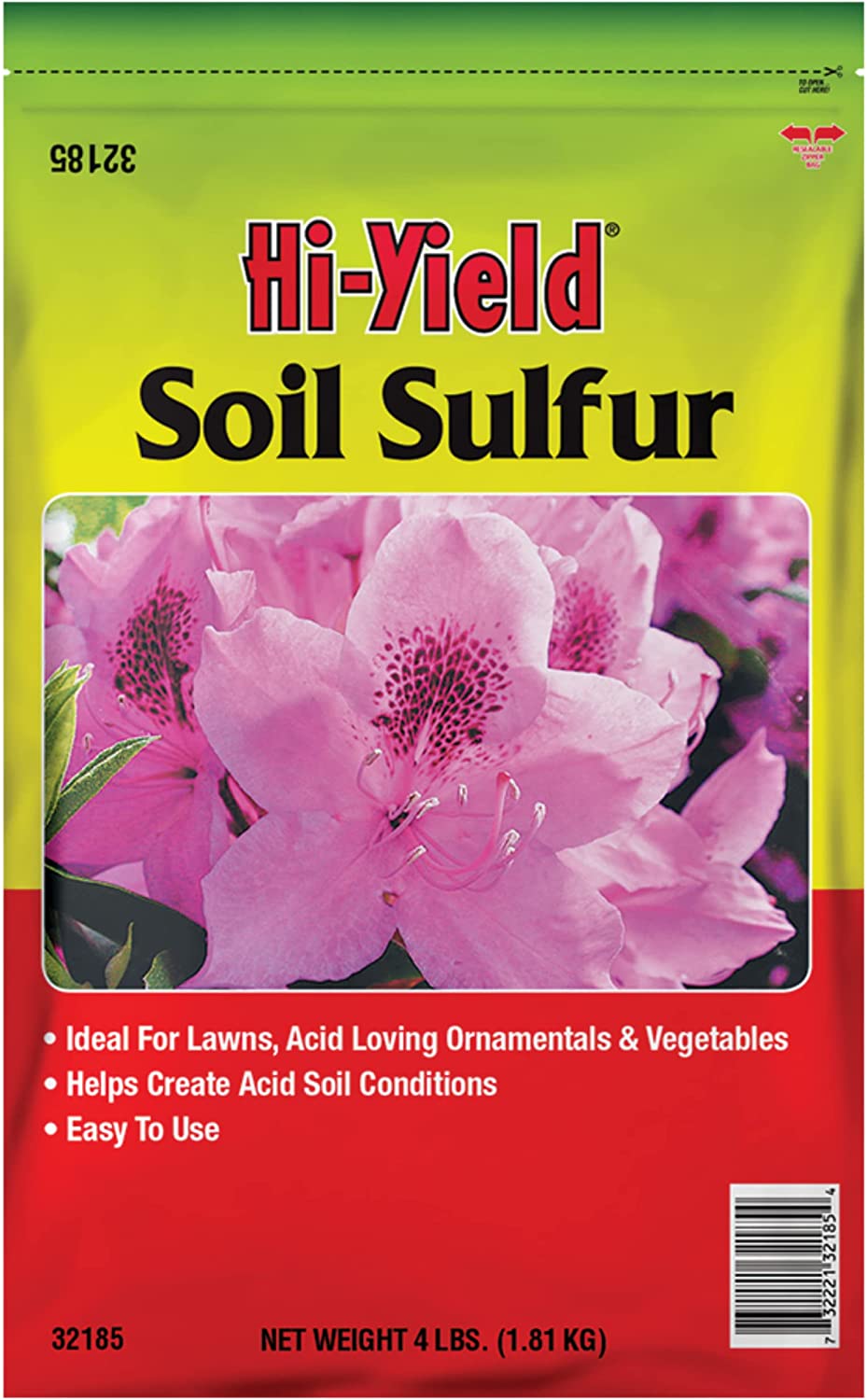
If the above steps do not work to heal your succulents, you may need to resort to beheading the plant. The steps for this process are:
Use a sterile cutting utensil to cut off the plant’s head so that at least an inch of its crown remains. The cut should be straight.
Set the plant out in a dry and cool area that is not exposed to direct sunlight so that it can develop callouses. This will take about three days, but possibly more.
Repot the plant in fresh, clean potting soil.
Place the plant container in an area that is shady but warm.
Water the plant after about three weeks. Use the soak and dry method.
Test that the plant is growing by gently tugging on it. If a root system has begun to develop, there will be some difficulty in pulling on the plant.
*Not all types of succulents can recover from the beheading process, so it is best to check whether or not your particular succulent will respond well to this.
Concluding Thoughts
Succulents of all shapes, sizes, and varieties are wonderful plants to include in your garden or home spaces. They are famously easy to grow and care for, which makes them ideal for gardeners of all skill levels. They are also famously beautiful, which makes them ideal for anyone to use as decoration inside and outside their home or office. Now is an excellent time to consider adding one of these lovely plants to your collection.
- Lophocereus Marginatus (Mexican Fence Post Cactus) - January 10, 2022
- Best Cactus Fertilizer Guide - January 9, 2022
- Selenicereus Grandiflorus (Queen of the Night) - January 3, 2022



